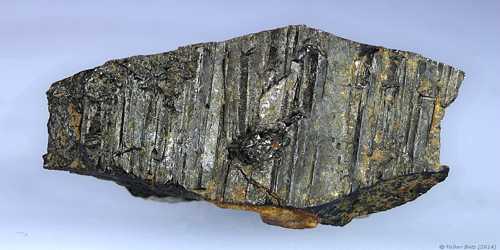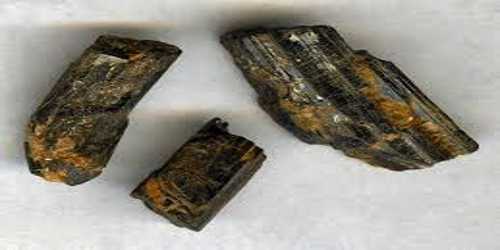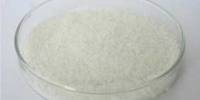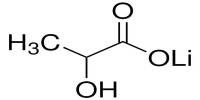Aeschynite-(Ce) is a rare earth mineral of cerium, calcium, iron, thorium, titanium, niobium, oxygen, and hydrogen with the formula: (Ce,Ca,Fe,Th)(Ti,Nb)2 (O,OH)6. It is a black mineral, occurring in prismatic crystals; a rare oxide of cesium, titanium, and other metals, which is isomorphous with priorite. Its name comes from the Greek word for “shame”. The “-(Ce)” means it has more cerium than the yttrium variety aeschynite-(Y). Its Mohs scale rating is 5-6.
Occurrence and Useful Mineral Association
Aeschynite-(Ce) occurs in the veins in slate and metamorphosed dolostone. It is often associated with minerals such as aegirine, barite, fluorite, riebeckite, albite, magnetite, and phlogopite. No information on health risks for this material has been entered into the database. You should always treat mineral specimens with care.

General Information:
- Category: Oxide minerals
- Formula: (Ce,Ca,Fe,Th)(Ti,Nb)2(O,OH)6
- Crystal system: Orthorhombic.
Aeschynite-(Ce) can be identified by its color, brown. Its sub-translucent form has no cleavage. This mineral has an adamantine luster, with a brown streak. The fracture of this mineral is brittle–conchoidal. It mostly reserve-guard station, Ilmen Natural Reserve, Ilmen Mts, Chelyabinsk Oblast’, Southern Urals, Urals Region, Russia.
Identification
- Formula mass: 305.70 g/mol
- Color: Brown, light brown, brownish black, yellow, black
- Crystal habit: Acicular, massive
- Cleavage: None
- Fracture: Brittle – conchoidal
- Tenacity: Brittle
- Mohs scale hardness: 5 – 6
- Luster: Adamantine, resinous to waxy, sub-metallic; dull when altered
- Streak: Nearly black to brown
- Diaphaneity: Transparent to translucent
- Specific gravity: 4.52
- Density: 5.19
Information Source:
















